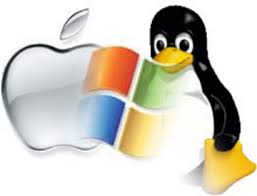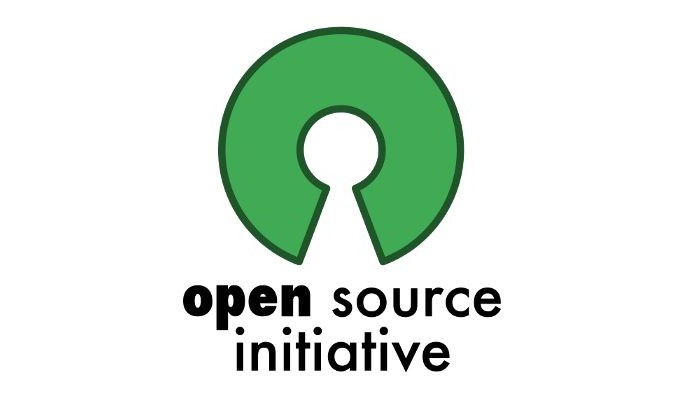 The year 2022 was the year of my return to Linux and to free and open source software. Since 2007, I had become a Macintosh user and had therefore abandoned any vague desire to use free software. I was tired of fighting windmills and let go of the convenience of a ready-to-use system closed to outside intervention. Just think, they used to call me Superlinux. But a lot has happened in the meantime. I lost my job as a geologist and after some time my computer skills allowed me to recycle myself in that field. I began to think back to the now distant interest and fascination with programming since I had started writing simple codes for work. The memory of the command line occasionally made me think back to Linux. How might it have changed after so many years? But in all these years the intrusiveness in our lives by big Internet companies had increased out of all proportion. When I really came to terms with this inescapable fact, a certain part of me awakened….
The year 2022 was the year of my return to Linux and to free and open source software. Since 2007, I had become a Macintosh user and had therefore abandoned any vague desire to use free software. I was tired of fighting windmills and let go of the convenience of a ready-to-use system closed to outside intervention. Just think, they used to call me Superlinux. But a lot has happened in the meantime. I lost my job as a geologist and after some time my computer skills allowed me to recycle myself in that field. I began to think back to the now distant interest and fascination with programming since I had started writing simple codes for work. The memory of the command line occasionally made me think back to Linux. How might it have changed after so many years? But in all these years the intrusiveness in our lives by big Internet companies had increased out of all proportion. When I really came to terms with this inescapable fact, a certain part of me awakened….
I was not a novice Linux user when I switched to the Mac thinking it was a Unix system anyway. I had tried several distributions, had installed some on my work PC where I was doing 3D geological modeling on Linux applications. I had even managed to install Debian on my Dell notebook with hardware incompatible with Linux, including hard disk, unless I recompiled the kernel on purpose. So for me it wasn’t a matter of “Linux is hard,” I’ve always been a computer troubleshooter, I was able to assemble a PC from scratch. I just got tired of doing it, of configuring computers instead of using them. But seeing my wonderful 2011 MacBook Pro locked to the old High Sierra system by Apple’s impositions (if you want to use updated software buy a new Mac), being forced back to using Windows, a system I could never stomach after version 3.11, made me return to my old passion. After some research I installed distributions derived from Arch Linux, Manjaro on the Macbook and ArcoLinux on the HP notebook at work. And I am so very pleased about it!

It may be true that Linux is not for everyone, but it is also true that no one gets it preinstalled on the computer they buy, ready to use like Mac OSX or Windows. You have to install it yourself.
It may be true that Linux is not for everyone, but it is also true that no one gets it preinstalled on the computer they buy, ready to use like Mac OSX or Windows. You have to install it yourself. It is not difficult; it is easier than with Windows. But who actually does it? I don’t know anyone who has Linux on their PC. No one. But that is also an extra incentive for me. Manjaro Linux surprised me in the way it is working on my old MacBook. Sure, I had to use a few terminal commands to activate features such as the fan and the backlit keyboard. But it then also automatically recognized the wifi printer! I can even use the optical digital audio output! And everything is faster!
There are problems, both on the PC and the Mac. They need to be addressed with a little bit of research and several attempts. Then there is the software problem, necessarily different if you used MS Office or Adobe applications for graphics or other proprietary software that is not available on Linux. There are a variety of open source alternatives, and that’s the point: when you really realize what the big guys on the Internet are doing today, a thought to break away from all that comes to mind. They track and monitor our every activity on the network and on the computer for marketing and advertising. These behemoths make huge money and gain more and more power becoming increasingly less controllable. These are no longer the days of Apple’s Think Different. The Mac is no longer the computer of the artist or the creative person. Or rather, since it is connected to the network, it is no longer the symbol of freedom it once was. Quite the contrary…
When you realize this, breaking away from it and choosing only free and open source software becomes almost a necessity. You put up with any small or big difficulties like having to change your usage habits and having to solve some compatibility issues.

Last thought: is it more secure and functional to have open software whose code can be accessed by millions of enthusiasts who put their hands on it to fix things at any time, or closed software, with secret and private code that only a few employed programmers can see, update and correct according to the directives of those who pay their salaries?
Actually Linux is not difficult. Change is difficult, gaining freedom is hard work, and you do it through knowledge. Linux pushes people to learn more about computing. In a world where computing is in everything we do, that is no small thing. Linux is the operating system that is on 95 percent of web servers: the Internet runs on Linux. The Android system runs on most smartphones and is based on the Linux kernel. Linux is ultimately the most widely used operating system. But it is the least used on personal computers. Simply, the cell phone is sold to you with Linux preinstalled (but you don’t know it), the computer is not. However, Google puts Linux on the cell phone, adding to it all the packages they need to track activity and do business on those data. Placing Linux preinstalled on a PC would mean giving you a secure, private, unmonitored PC. Very few companies do that. Everyone has to or wants to use Windows and Office. Many years ago those who opposed this standardization “thought different” and used a Mac. Today those who think differently use Linux and open source and free software; free from the constant control and monitoring of the world’s most powerful companies that make enormous profits on data we voluntarily give them every day, unaware that we do so, but not so much anymore…